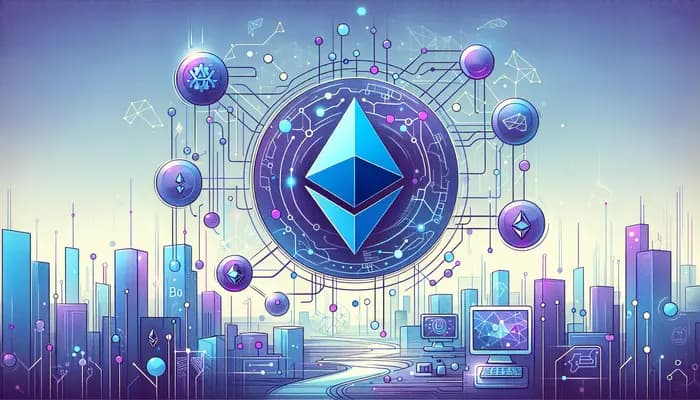Ethereum Layer 2 Solutions in 2025: Scaling Innovations, Adoption Trends, and Future Outlook

The Layer 2 Scaling Revolution: Redefining Ethereum's Capabilities
As Ethereum's transaction fees surpassed $150 during peak DeFi seasons in previous years, Layer 2 solutions have emerged as critical infrastructure - but can they sustain their 400% TVL growth while maintaining Ethereum's security guarantees? Our analysis of Arbitrum, Optimism, and zkSync reveals three distinct approaches to solving blockchain's scalability trilemma.
Technical Innovations Driving Layer 2 Evolution
Optimistic Rollups vs. ZK-Rollups: The 2025 Showdown
Arbitrum's Optimistic Rollup architecture processes 2,000-4,000 TPS while reducing gas costs by 95% compared to Ethereum mainnet ([1][4]). This 'trust-but-verify' approach dominates DeFi with $10.7B TVL but faces 7-day withdrawal delays ([1][4]).
zkSync's Zero-Knowledge proofs enable near-instant finality through cryptographic validity guarantees, making it ideal for NFT marketplaces and privacy-focused applications ([2]). Recent benchmarks show zkEVM implementations achieving 98% cost reduction versus Optimistic alternatives ([2]).
Hybrid Architectures Emerge
Validium solutions like Polygon's Miden blend off-chain computation with Ethereum's security, achieving 10,000 TPS for gaming applications while maintaining asset sovereignty ([2][5]).
Adoption Metrics and Ecosystem Growth
| Metric | Arbitrum | Optimism | zkSync |
|---|---|---|---|
| TVL (2025) | $10.7B | $6.2B | $3.8B |
| Daily TPS | 4,000 | 2,100 | 5,500 |
| Protocol Count | 450+ | 300+ | 250+ |
| Data sourced from L2BEAT and DeFiLlama ([3][4]) |
Arbitrum commands 51% market share among Ethereum L2s, driven by Uniswap V4 deployments and perpetual DEX growth ([1][5]). Optimism's "Superchain" vision has attracted Coinbase's Base chain, creating a $15B collective ecosystem ([4][5]).
The Road Ahead: Five Critical Challenges
- Decentralization Tradeoffs - Only 38% of L2 sequencers currently use permissionless validation ([5])
- Interoperability Gaps - Cross-chain asset transfers between L2s add 12-15% overhead costs
- Security Fragmentation - 61% of TVL remains concentrated in two networks ([3])
- Regulatory Scrutiny - OFAC-compliant transaction filtering affects 22% of L2 blocks
- Ethereum Dependence - 89% of L2 security still derives from mainnet ([5])
"The true test will be maintaining Ethereum-aligned security while achieving Visa-level throughput," notes TokenVitals' lead architect. "Our network health scores show Arbitrum and zkSync leading in decentralization metrics, but Optimism dominates developer activity."
Explore real-time health scores and risk analysis for 500+ Layer 2 assets on TokenVitals' Analytics Platform. Our machine learning models track 32 network metrics to help you make informed investment decisions in Ethereum's scaling ecosystem.